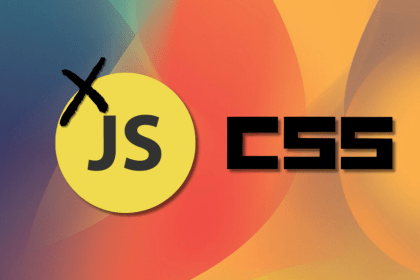
Check out Google’s latest AI releases, Gemini and the Antigravity AI IDE. Understand what’s new, how they work, and how they can reshape your development workflow.

Learn about Bun 1.3, which marks a shift from fast runtime to full JS toolchain—and see the impact of Anthropic’s acquisition of Bun.

Stop defaulting to JavaScript. Modern CSS handles virtualization, responsive layouts, and scroll animations better than ever – with far less code.

React’s next era, AI code review tools, and more: discover what’s new in The Replay, LogRocket’s newsletter for dev and engineering leaders, in the December 3rd issue.
Hey there, want to help make our blog better?
Join LogRocket’s Content Advisory Board. You’ll help inform the type of content we create and get access to exclusive meetups, social accreditation, and swag.
Sign up now
2 Replies to "Creating configuration files in Node.js using node-config"
Would be great if you could extend this article to explain how to ensure remote credentials are loaded in config (e.g. from Azure Keyvault) as part of config setup as this is a common scenario when deploying (e.g. Docker etc). Explain how to avoid application not finding required config as JS is non-blocking so startup execution may continue before remote keys are retrieved.
the config directory has to be outside src?